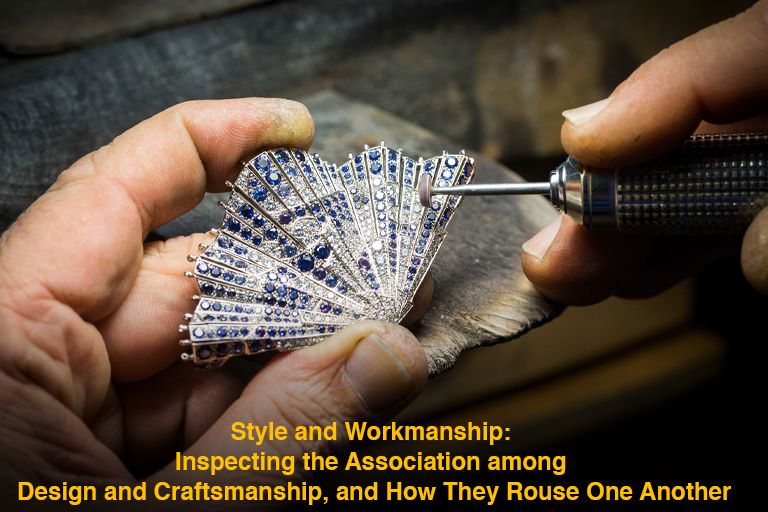Supportable Materials in Car Assembling: Driving Eco-Accommodating Development
The worldwide car industry is going through a change in perspective towards supportability as worries over environmental change and natural debasement keep on developing. One key region where this change is occurring is in the materials utilized for assembling cars. Automakers are progressively taking on supportable materials, diminishing their dependence on non-sustainable assets, and driving eco-accommodating development. This article investigates the meaning of reasonable materials in auto production and their part in advancing a greener future.
- Recycled Materials:
Reusing is a significant part of supportability in auto fabricating. Different parts, including tires, batteries, and plastics, can be reused and reused, decreasing the interest in virgin materials. Moreover, reused metals and plastics can be utilized in the development of vehicle parts, decreasing both energy utilization and waste.
- Bio-based Materials:
Bio-based materials are gotten from sustainable sources like plants, farming waste, and regular filaments. These materials, including bioplastics and bio-composites, offer a lower carbon impression contrasted with customary oil-based materials. Bio-based materials can be utilized for inside parts, for example, dashboards and entryway boards, lessening the dependence on non-renewable energy sources.
- Government Guidelines and Customer Interest:
Unofficial laws and customer requests are assuming a huge part in driving the reception of economical materials in auto fabricating. Numerous nations have carried out stricter discharge principles and guidelines, pushing automakers to foster more eco-friendly and harmless ecosystem vehicles. Accordingly, automakers are investigating practical materials as a way to meet these administrative necessities and take care of the developing interest in eco-accommodating vehicles.
- Collaboration and Organizations:
Joint efforts and associations between automakers, material providers, research organizations, and government offices are critical for progressing maintainable materials in vehicle fabricating. These joint efforts work with information sharing, innovative work, and increasing practical material creation. By cooperating, partners can defeat difficulties connected with cost, versatility, and execution, speeding up the reception of feasible materials.
- Life Cycle Appraisal:
Manageable materials in auto fabricating are about the underlying creation stage as well as considering the whole life pattern of the vehicle. Life cycle appraisal (LCA) is a significant instrument used to assess the natural effect of materials and cycles all through a vehicle’s life, from unrefined substance extraction to end-of-life removal. LCA recognizes regions for development and guides the determination of materials that limit ecological effects at each stage.
- Integration of Innovation:
Mechanical progressions are working with the reconciliation of economical materials in car production. For instance, added substance fabricating, otherwise called 3D printing, empowers the development of perplexing and lightweight parts utilizing economical materials. This innovation diminishes material waste, brings down energy utilization, and takes into account the customization of parts. Also, headways in material science and design are prompting the advancement of new practical materials with further developed execution attributes.
- Circular Economy Approach:
The idea of a roundabout economy, where assets are saved being used as far as might be feasible and afterward reused or reused, is building up forward momentum in the car business. By embracing a round economy approach, automakers can plan vehicles and materials in light of end-of-life contemplations. This incorporates planning for dismantling, working with the detachment, and reusing various materials toward the finish of a vehicle’s life.
- Consumer Mindfulness and Instruction:
Raising purchaser mindfulness about the significance of maintainable materials in vehicle fabricating is fundamental. Teaching purchasers about the natural effect of their vehicle decisions and featuring the advantages of practical materials can drive interest in eco-accommodating vehicles. Automakers can assume an urgent part by straightforwardly conveying their supportability endeavors and the utilization of maintainable materials in their showcasing and item informing.
- Durability and Well-being:
Economical materials offer ecological advantages as well as upgrade the toughness and security of vehicles. For example, high-level high-strength prepares and composite materials give superb solidarity to-weight proportions, working on the crashworthiness of vehicles while decreasing weight. By utilizing feasible materials with high sturdiness and well-being principles, automakers can guarantee that their vehicles keep up with primary trustworthiness and endure thorough use over a drawn-out period.
- Waste Decrease and Shut Circle Frameworks:
The reception of supportable materials in car fabricating advances squanders decrease and the improvement of shut circle frameworks. Using reused materials and the execution of reusing programs, automakers can limit squandering age and the requirement for separating new assets. Moreover, shut-circle frameworks plan to recuperate and reuse materials from end-of-life vehicles, making a round economy where materials can be ceaselessly cycled and reused.
- Local Obtaining and Inventory network Flexibility:
Maintainable materials offer open doors for neighborhood obtaining and the improvement of strong stock chains. Bio-based materials, for instance, can be obtained from neighborhood farming waste or yields, decreasing reliance on worldwide inventory chains and supporting nearby economies. By expanding material obtaining and decreasing dependence on restricted assets, automakers can improve production network flexibility and diminish the natural effect related to transportation and coordinated factors.
- Aesthetics and Plan Adaptability:
Maintainable materials give automakers an extensive variety of plan prospects, offering a more noteworthy feel and plan adaptability. From inside trims to outside boards, practical materials can be formed, molded, and modified to meet plan details. This adaptability considers the formation of outwardly engaging vehicles that line up with buyer inclinations while as yet keeping up with supportability objectives.
- Collaboration with Different Ventures:
The mix of supportable materials in vehicle fabricating frequently includes joint effort with different ventures. For example, associations with the sustainable power area can empower the improvement of imaginative materials got from biomass or results of biofuel creation. Joint effort with the style and materials industry can prompt the usage of reused filaments or waste materials for inside upholstery and covering. These cross-industry coordinated efforts cultivate information trade and the exchange of supportable practices across areas.
- Long-Term Cost Reserve funds:
While manageable materials may at first come at a greater expense, they can offer long-haul cost investment funds for automakers and customers. For instance, lightweight materials further develop eco-friendliness, bringing about diminished functional expenses for vehicle proprietors. Additionally, as the interest in supportable materials increments and creation increases, economies of scale can bring down the expense of these materials after some time, making them more open and savvy for the business.
Conclusion:
The fuse of practical materials in car fabricating addresses an extraordinary shift towards an all the more ecologically cognizant and socially mindful industry. By focusing on the utilization of reused materials, bio-based other options, and lightweight parts, automakers can decrease their natural impression, improve vehicle execution, and add to the worldwide manageability plan. With proceeded development, coordinated effort, and purchaser mindfulness, supportable materials will drive the eco-accommodating advancement essential for a greener and more manageable future in the car business.
Read more.. Design on a Tight spending plan: Tips for Snappy Shopping Without Burning through every last cent
Read more.. High-level Driver Help Frameworks: Improving Wellbeing on the Streets







